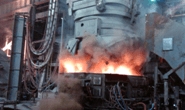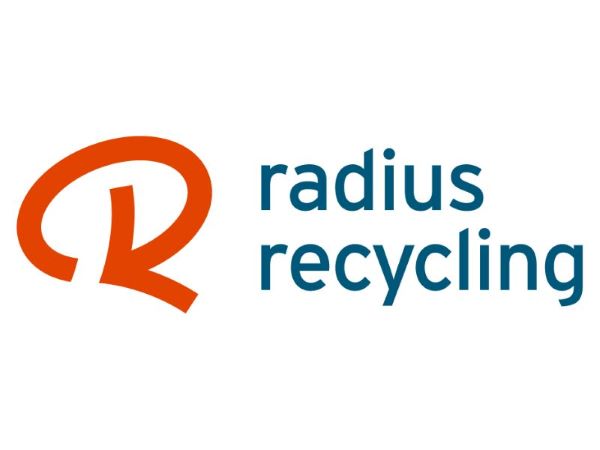Steel Mills

Study: Growing Demand for Graphite to Boost Cost of EAF Electrodes
Written by Tim Triplett
May 24, 2018
Worldwide demand for graphite is forecast to grow at a strong annual rate of 5-7 percent through 2027. U.S. minimills rely on graphite for the electrodes used in electric arc furnaces to melt steel scrap. As China transitions to the more environmentally friendly EAF steelmaking process, and the proliferation of electric vehicles calls for more lithium-ion batteries, competition for graphite could raise the price of electrodes significantly for U.S. steel mills.
Graphite demand is about to enter a period of rapid growth and price escalation, says London-based Roskill Information Services, in its recent report Natural and Synthetic Graphite: Global Industry, Markets and Outlook to 2027. Consumption of graphite was previously led by steel market applications, but it will be surpassed by demand for natural flake graphite and synthetic graphite used in lithium-ion battery production, Roskill predicts. By 2027, consumption of graphite in battery applications could be up to 10 times higher than the current level, depending on the uptake of electric vehicles and other lithium-ion battery applications.
Due to the rising battery demand and supply cutbacks caused by plant closures in the Chinese flake graphite industry, prices of natural flake graphite have strengthened by 35-45 percent since late 2017. Synthetic graphite prices increased sharply as coal-based needle coke closures coincided with increasing demand for graphite electrodes. Needle coke is increasingly being diverted into the battery market, which has also had an effect on its price. Synthetic graphite electrode prices rose nine-fold through the first three quarters of 2017, increasing from $1,748 per ton in January 2017 to a high of $16,309 per ton in September, before settling around $15,600 in March 2018.
China produces just 6 percent of its steel by EAF today, but EAF production is expected to jump significantly as China pushes to lower industrial pollution and boost scrap recycling. For U.S. steelmakers, that means more competition with the Chinese for sales of low-cost steel products—as well as for the electrodes used to produce them.

Tim Triplett
Read more from Tim TriplettLatest in Steel Mills

Algoma fires up EAF steelmaking with first arc
Algoma Steel reached a milestone in its transformation from blast furnace to electric arc furnace (EAF) steelmaking, with its Unit One EAF achieving its first steel production this week.

Nucor holds HR list price at $910/ton
Nucor is keeping its list price for spot hot-rolled coil unchanged after last week’s shortened holiday week.

Cliffs unveils new hydrogen-powered stainless line in Ohio
CEO Lourenco Goncalves, flanked by state leaders and union reps, touted the project as proof that US manufacturing is not only alive, but also advancing.

Cliffs idles Steelton, Riverdale, and Conshohocken operations
Cliffs has idled facilities in Riverdale, Ill., and Conshohocken and Steelton, Pa.

Radius loss narrows, volumes climb in ‘healthy’ West Coast market
Stronger steel demand in the Western US, rising scrap flows, and improved rolling mill utilization drove sequential gains for Portland, Ore.-based Radius Recycling.
